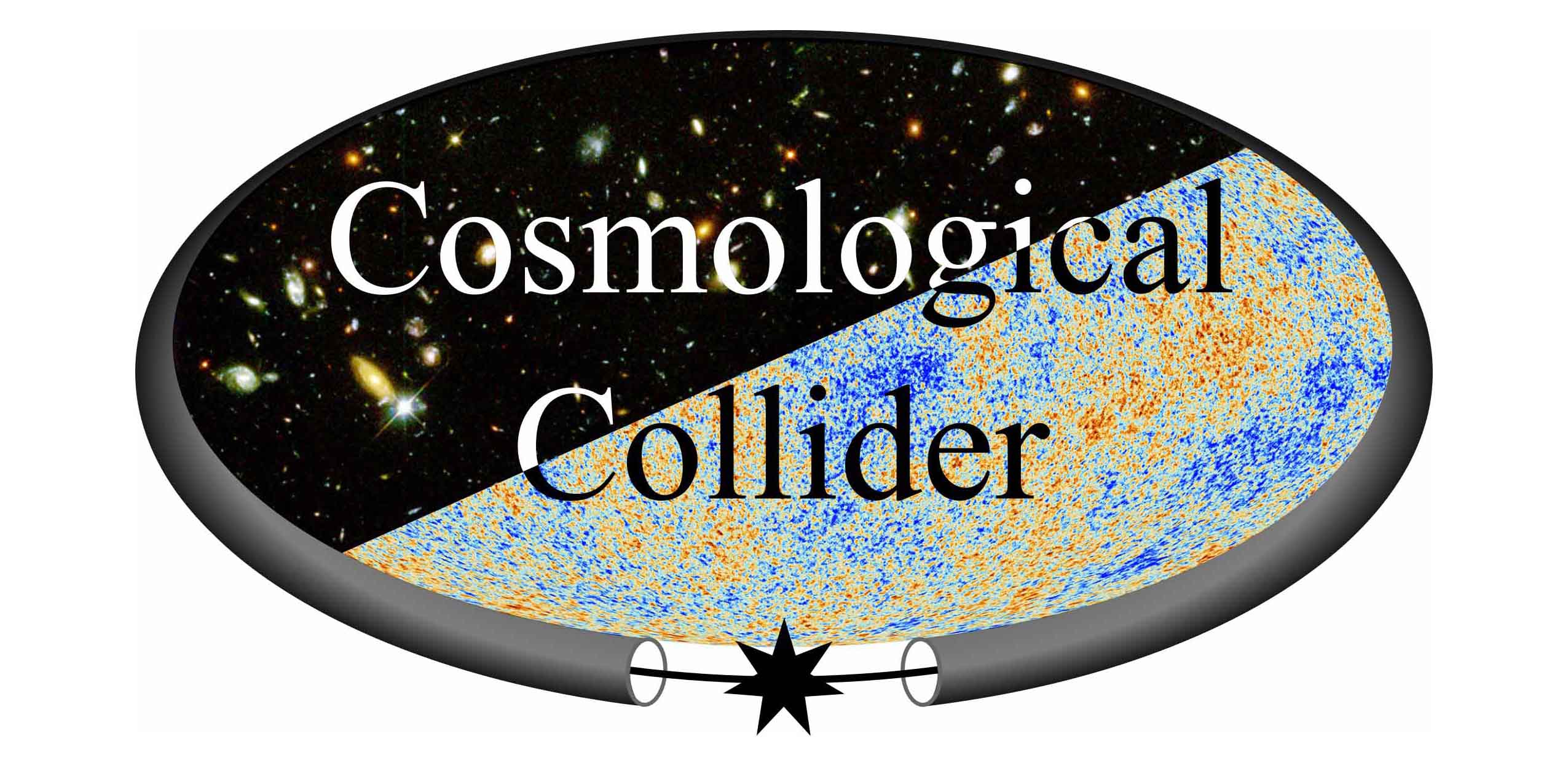
Signals from the universe played significant role for the development of particle physics. For example, the elementary particle “muon” was discovered in 1936 from cosmic rays. Afterwards, rapid progress of ground based collider experiments quickly took the leading role of studying particle physics since then. However, roughly speaking, the energy scale of new physics is distributed in logarithm scales, but the cost of building ground based colliders scales as a powerlaw with energy. As a result, we cannot rely on the ground based colliders forever for major particle physics discoveries.
Can cosmology return and help particle physics out of this situation?
The cosmic inflation is believed to have much higher energy (up to $10^{10}$ times higher energy) than current ground based colliders. Also inflation is the highest energy scale physics that we can currently observe from cosmology. Thus it is natural to hope that inflation provides the window for studying high energy physics.
Similar to the ground based colliders, to learn particle physics from inflation, the key interest is the discovery of new particles and study their interactions. In 2009, Xingang Chen and I proposed Quasi-Single Field Inflation and studied its features, see CW09a and CW09b. It is noted that during inflation, massive fields leave characteristic signatures in the sky. In 2015, Arkani-Hamed and Maldacena systematically studied the impact of those massive fields in great generality and depth, and gave the scenario a name “cosmological collider physics”.
To realistically probe new particle physics (i.e. beyond standard model (BSM) physics) on the cosmological collider, we have to first understand the standard model (SM) background on the cosmological collider. Due to the curved and time-dependent spacetime, it turns out that the mass spectrum of SM during inflation is very different from the SM spectrum on ground based colliders. In 2016, Xingang Chen, Zhong-Zhi Xianyu and I worked out the SM background (CWXa, CWXb). So now we are one step closer for probing new physics using cosmic inflation.
Given those infrastructure, we are now working out the signatures of various BSM new physics on the cosmological collider. Welcome to join us in this exciting journey!